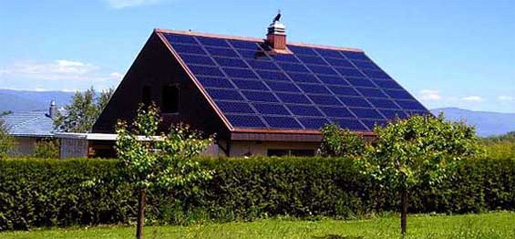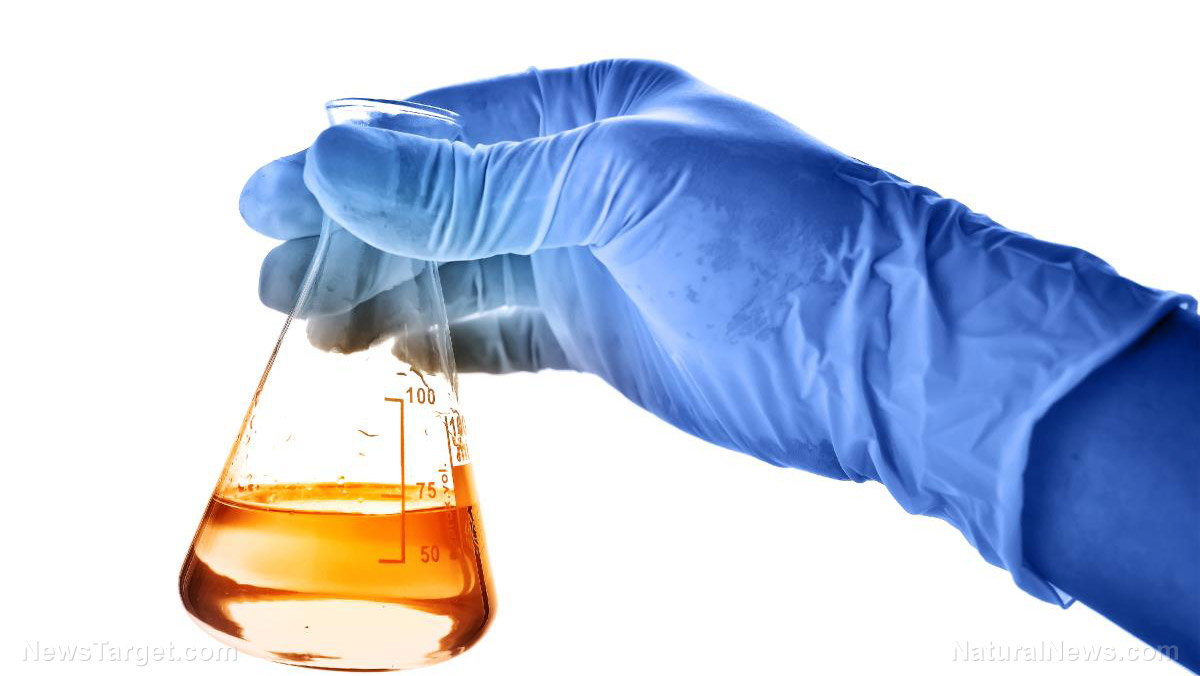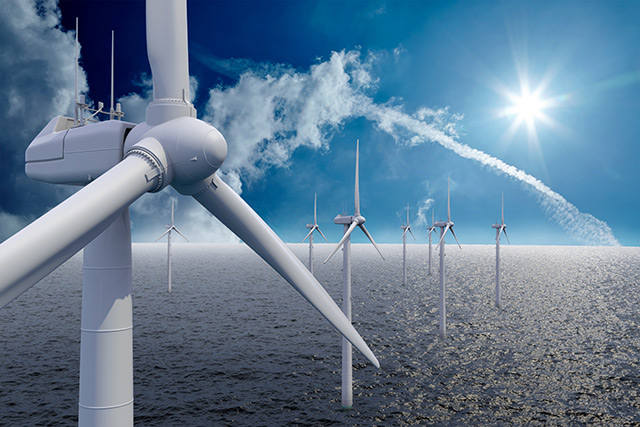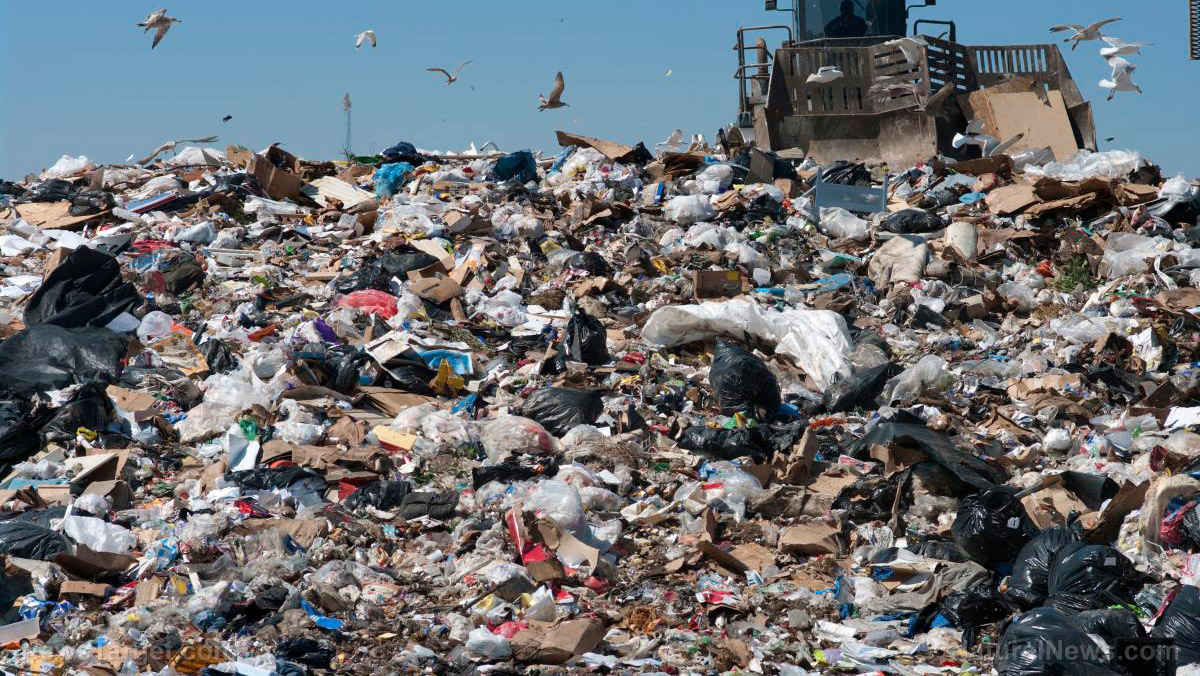Scientists develop new way to turn chicken waste into bio-fuel by mixing it with a toxic weed
09/29/2018 / By S.D. Wells

The meat and poultry industry processes about 9 billion chickens per year, the bulk of which contain hormones, antibiotics and dangerous bacteria that’s bred and spread in confined animal feeding operations (CAFOs). Besides all the meat winding up in fast food sandwiches, chicken nuggets, and clear-wrapped packages at butcher stations in supermarkets, the skin and feet are turned into gelatin. So what happens to all the chicken feces? Conventional chicken poop may not be the best fertilizer, since it contains drugs and dangerous bacteria, so what else is it good for? Well, imagine for a moment if the U.S. didn’t have to rely on geological fossil fuels, like coal and petroleum, for standard fuel any more.
Biofuels are produced through contemporary biological processes, including anaerobic digestion and agriculture. Biomass can be directly converted into liquid fuel and used for transportation needs and generators. Examples of this would be bio-diesel fuel and ethanol. Researchers have now developed a process that pre-treats chicken droppings by digesting them utilizing the anaerobic microbes in Mexican sunflowers (Tithonia diversifolia). Take eight kilograms of chicken waste and some sunflowers and voilà – you’ve got 3 kg (almost a gallon) of bio-gas fuel. The residual solids can still be used as soil conditioner or fertilizer.
The Mexican sunflower is actually an invasive, toxic weed that’s affecting agriculture in Africa, so its new use for creating fuel solves two problems in one. The new fuel creation concept by scientists was published in ACS’ journal Energy & Fuels.
Industrialized chicken waste management could address several important environmental concerns
According to the United Nations Food and Agriculture Organization, chicken farming and the waste management associated with CAFOs is leading to an increase in detrimental human health and environmental impacts. Drugs used to accelerate the growth of the animals and drugs used to fight off rampant infections, in addition to heavy metal toxins, are finding their way into the soil and surface water.
The poultry sludge is toxic itself, in other words. Since chicken poop alone doesn’t readily convert into bio-gas, scientists have been hard at work to figure out what to do about it. It looks as though they’ve finally figured it out: mixing it with plant materials like switch grass helps it break down. Scientists took an ornamental plant that became a threatening weed in Africa and combined it with chicken waste to produce bio-fuel.
CAFOs will remain a monstrous problem in the U.S. for decades to come – but you as a consumer can help solve the problem
The Centers for Disease Control and Prevention estimate that contaminated CAFO-related infections account for 3 million human infections every single year. What’s worse is that at least 1,000 of those people will die, and that figure is most likely a low estimate.
So until these scientists convert the millions of pounds of U.S. chicken feces into bio-fuel, we still have a major crisis on our hands. These factory farm animals are so cramped in their quarters that they often become caked with their own feces. In fact, animal waste is the number one source of infectious bacteria such as Salmonella and E. coli. CAFOs are breeding grounds for pathogens and diseases.
The workers at CAFOs suffer from all kinds of medical conditions, including respiratory illness. How will these workers help the bio-fuel industry if they can’t even stay healthy enough to gather the waste for processing? Studies reveal at least one out of every four CAFO workers suffer from chronic bronchitis and occupational asthma. This includes the slaughterhouse workers. We haven’t even dug into the massive issue of superbugs that are now becoming resistant to every known antibiotic. Where to go from here?
How can you, as a consumer, help solve the CAFO problem? Either eat organic chicken only or become a vegetarian. Boycott all fast food and conventional chicken processing companies that most likely get their chickens from CAFOs — the same corporations that use drugs and inhumane tactics to boost their profits.
See more stories at NewEnergyReport.com.
Sources for this article include:
Tagged Under: BioFuel, biowaste, CAFO, Chemistry, chicken waste, food science, food supply, fuel, future tech, gelatin, green fuel, green living, invention, power, recycling, science, toxic chemicals, weird science


















